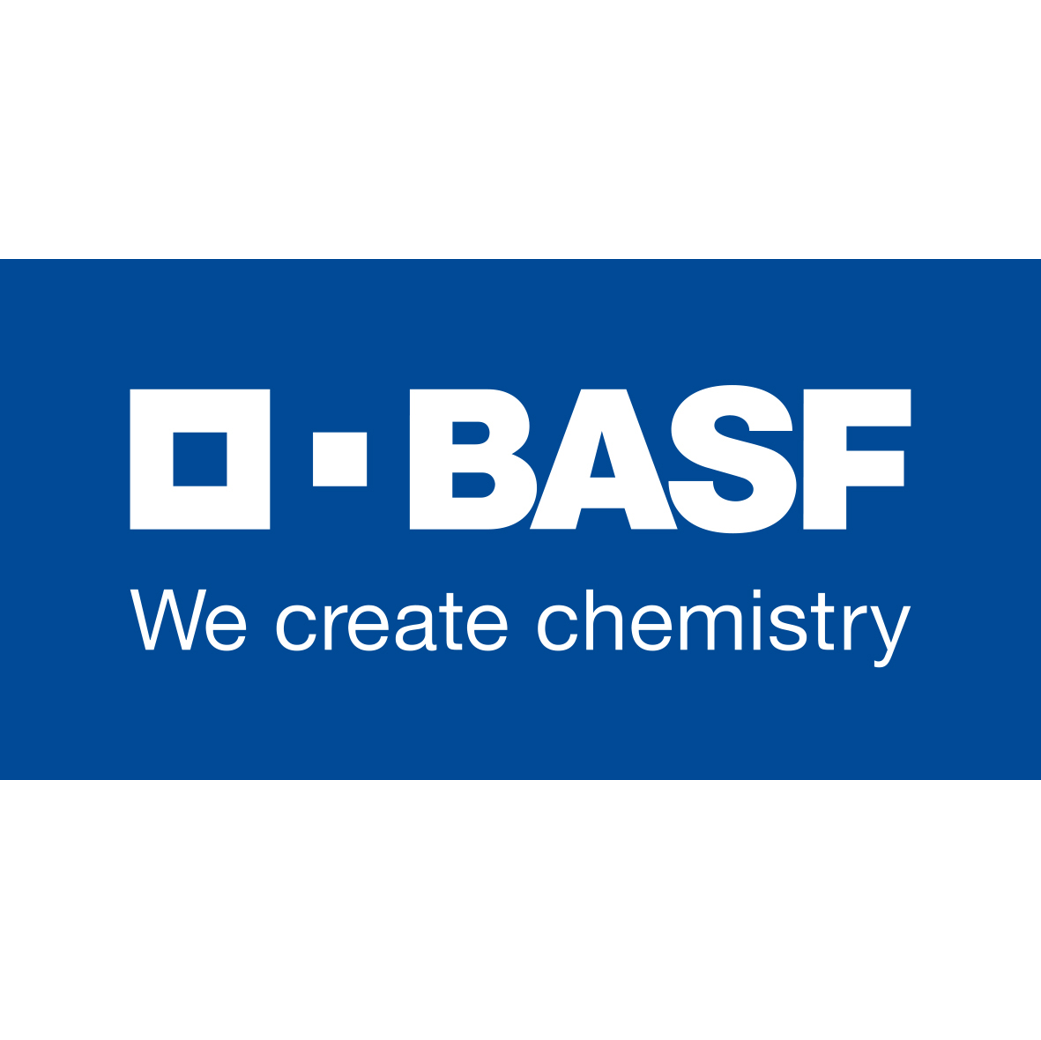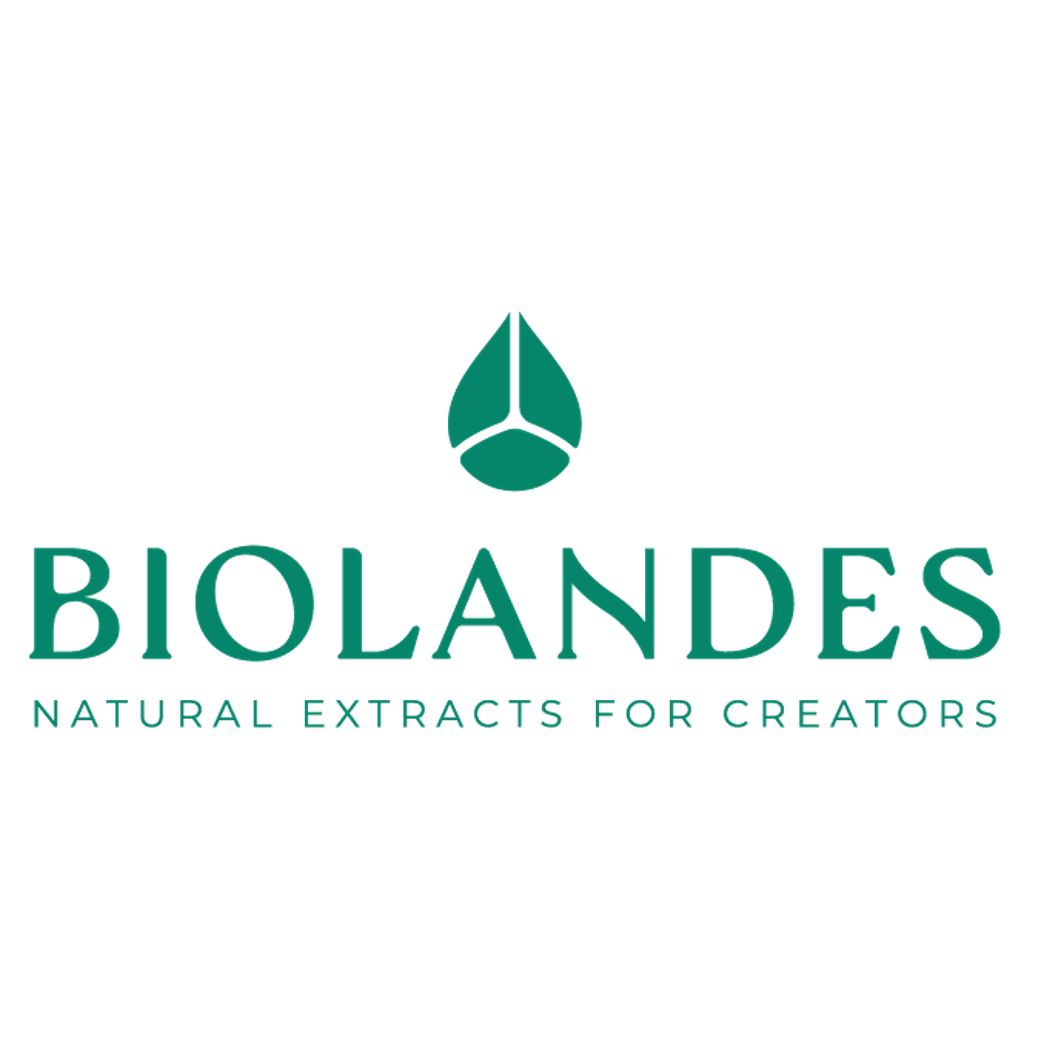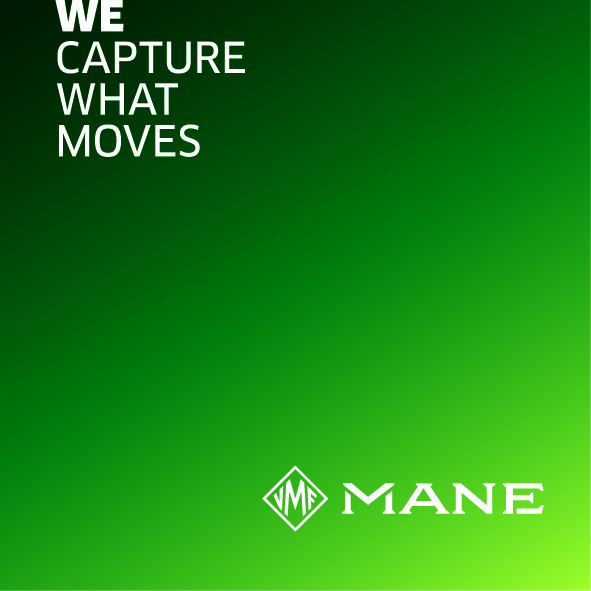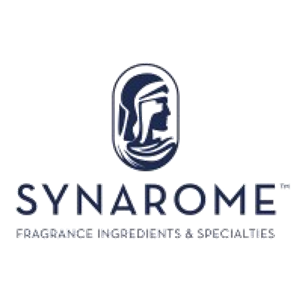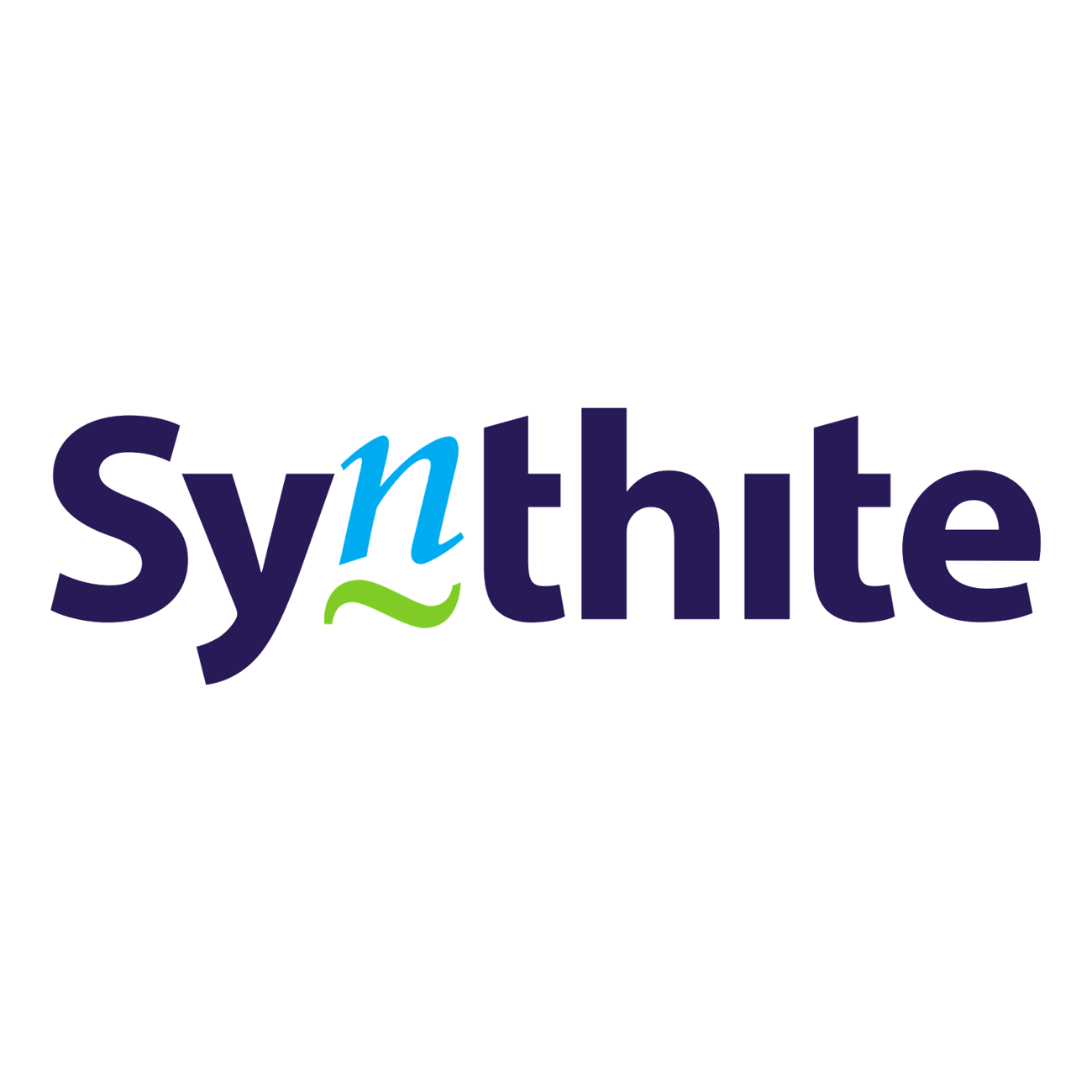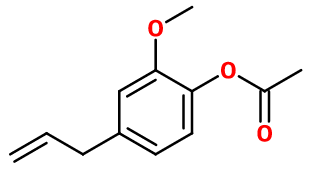
Photo credits: ScenTree SAS
| Company | Ingredient Name | ID | Comments | Naturality | Certifications | MOQ | Purity |
|---|---|---|---|---|---|---|---|
|
|
Eugenyl Acetate | CL-901 |
Visit website
|
Natural |



|
400 Kgs | 100 |
|
|
EUGENYL ACETATE | M_0053471 |
Visit website
|
Synthétique | - | - | |
|
|
EUGENOL ACETATE | - |
Visit website
|
- | 10 grs | - |
General Presentation
-
CAS N° :
93-28-7 -
EINECS number :
202-235-6 -
FEMA number :
2469 -
FLAVIS number :
09.020
-
JECFA number :
1531 -
Volatility :
Heart/Base -
Price Range :
€€€
Physico-chemical properties
-
Appearance :
Colorless liquid that solidifies at room temperature -
Density :
1,079 -
Refractive Index @20°C :
1.514 - 1.522 -
Optical rotation :
Data not available. -
Vapor pressure :
Data not available. -
Flash Point :
110°C (230°F)
-
Molecular formula :
C12H14O3 -
Molecular Weight :
206,24 g/mol -
Log P :
Donnée indisponible. -
Fusion Point :
25°C (77°F) -
Boiling Point :
284°C (543,2°F) -
Detection Threshold :
Donnée indisponible.
Chemistry & Uses
Uses in perfumery :
Eugenyl acetate is used in clove notes to deepen a floral character, or in white floral notes such as jasmine to affirm its spicy facet. Very good for jasmine tea notes.
Year of discovery :
Data not available.
Natural availability :
Eugenyl acetate is present in a relatively small amount in Ceylon Cinnamon EO (and other origins), Cinnamon Leaf EO, Clove Bud EO, Clove Leaf EO, in Bay St-Thomas EO and Laurel Bay EO among others. It can be extracted in its natural state from all these essential oils.
Isomerism :
Aldehyde C-16 and Aldehyde C-20 are constitutional isomers of Eugenyl acetate. However, their smell is quite different, as they are fruity rather than spicy.
Synthesis precursor :
Eugenyl acetate is not a precursor to the synthesis of another compound of olfactory interest.
Synthesis route :
Eugenyl acetate is synthesized by an esterification reaction between acetic acid and Eugenol. The reaction is catalysed by the presence of a strong acid in a small quantity, such as concentrated sulfuric acid. For a better yield, the reaction may be done with acetic anhydride or chloroacetic acid instead of acetic acid.
Stability :
acetates may form acetic acid through time
Most of the time, the occurrence of a benzenic cycle in a molecule causes a coloration of this molecule through time
Other comments :
Comparing it with Eugenol, Eugenyl acetate has a more floral-jasmine facet and a smell closer to tobacco.
IFRA
IFRA 51th :
This ingredient is not restricted for the 51th amendment





